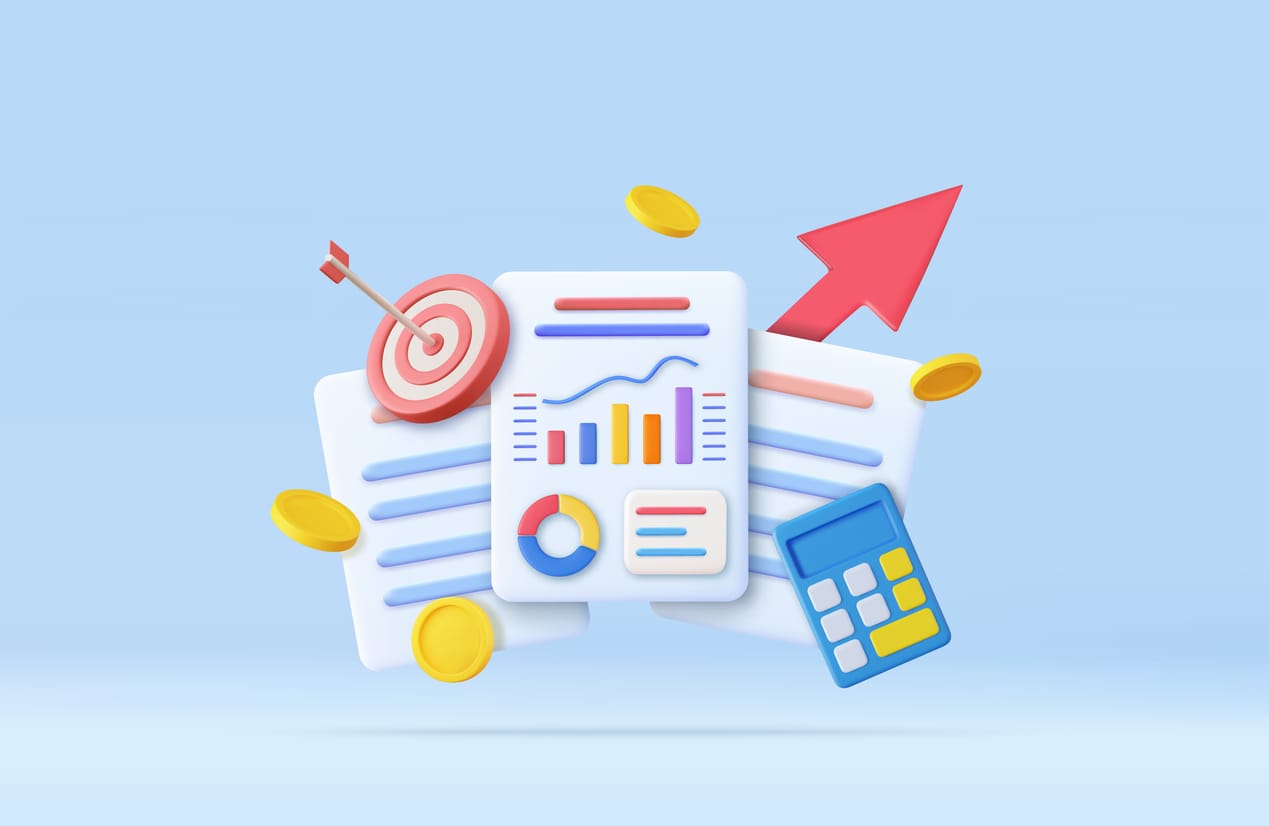Free SaaS marketing strategies & campaign ideas in your inbox every Thursday
Receive actionable SaaS marketing ideas to implement in your business
Insights, Marketing

Customer churn is one of the most frustrating challenges any SaaS company can face. You can sign up dozens, if not hundreds, of customers, but if they leave quickly, growth becomes unsustainable. As a B2B SaaS startup, this can feel like a constant uphill battle.
The good news is that churn is something you can reduce and control with the right strategies in place. It’s not just about acquiring more customers; it’s about making sure the ones you already have stay longer and derive more value from your product.
Here’s the scenario I’m dealing with:
If I were responsible for turning this around, my focus would be on strengthening customer onboarding and education, using automation to improve customer engagement, and building a community or exclusive customer success programs to increase retention.
The customer onboarding experience sets the tone for everything that follows. If the first impression isn’t good, they’re likely to churn early.
I’d start by mapping out the customer journey from the moment they sign up. The goal would be to identify key friction points and find ways to make their experience as smooth and educational as possible. Key areas to look at:
The aim is to get customers to their “aha moment” quickly, when they realise the true value of the product. If that doesn’t happen within the first few days, they’re likely to churn.
I’d review and optimise the onboarding process to ensure it is simple, intuitive, and value-driven. I’d focus on:
Onboarding isn’t just a one-off event; it’s an ongoing process. I’d set up automated email sequences and in-app messages to check in with users and ensure they’re engaging with the product:
By staying involved early on, you reduce the likelihood of customers falling into the “set it and forget it” mindset that leads to churn.
Once customers are onboarded, the key to reducing churn is consistent engagement. But manual outreach to every customer can be time-consuming. That’s where automation comes in.
I’d set up an automated lifecycle email sequence that focuses on keeping users engaged based on their activity and product usage. For example:
These emails shouldn’t be sales-focused, they should add value and remind users why they signed up in the first place.
I’d use tools like Intercom or HubSpot to trigger in-app messages based on user activity. For example:
By automating these triggers, we can keep users engaged without needing to manually reach out to every customer.
Creating a strong customer community can do wonders for retention. Customers who feel part of a community are more likely to stay and engage with the product over time.
I’d build an online community or customer success hub where users can:
The idea is to create a self-sustaining ecosystem where customers can help each other, reducing the reliance on support teams while increasing engagement.
For high-value or enterprise customers, I’d create an exclusive customer success program that offers:
By focusing on these customers, you deepen their commitment to your solution and increase their likelihood of staying long-term.
By executing this strategy, here’s what I’d expect:
Focusing on customer retention is critical for sustainable growth in SaaS. If you’re struggling with churn, this is how I’d approach turning things around.
If this resonates with your business and you’re looking for support in reducing churn and building stronger customer engagement, I’d love to discuss how we can help. At Rocket SaaS, we specialise in creating tailored strategies like the one above and working with you to execute them. Let’s start with a free, no-obligation SaaS marketing strategy call.
Receive actionable SaaS marketing ideas to implement in your business
Email: info@rocket-saas.io






By Ryan James

